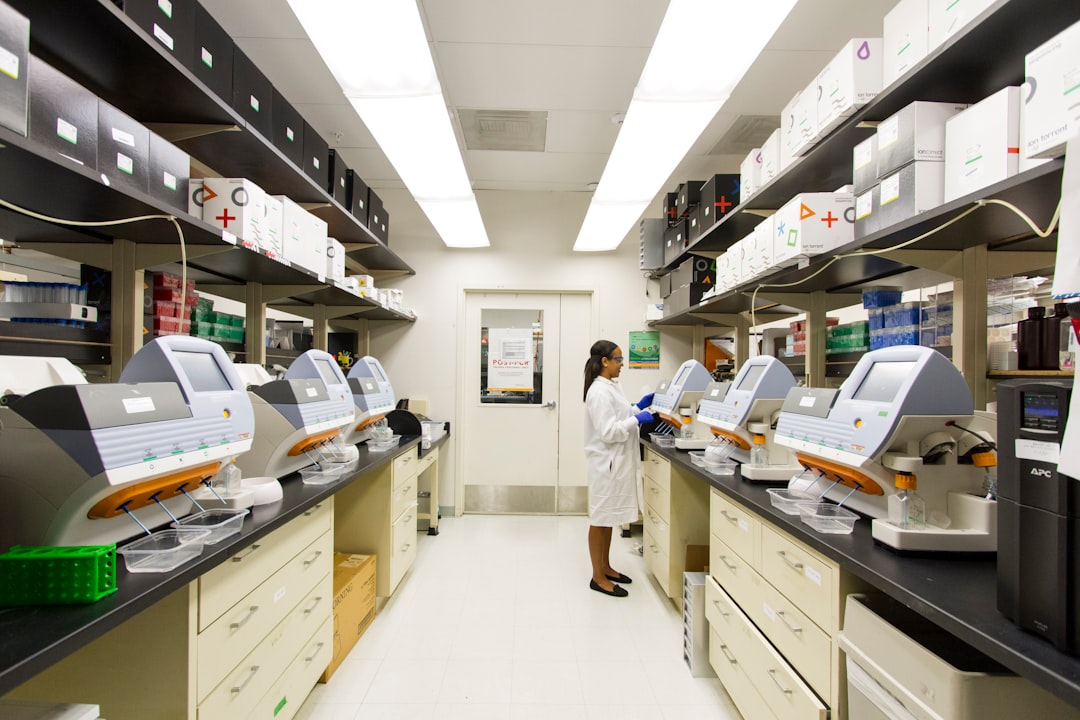What is it about?
Phenylalanine 4-monooxygenase is a key enzyme in the metabolism of phenylalanine in the body but it has now been found that it is also involved in the metabolism of the drug, S-carboxymethyl-L-cysteine and its metabolites, S-methyl-L-cysteine, N-acetyl- S-carboxymethyl-L-cysteine and N-acetyl- S-methyl-L-cysteine in a humans and a number of other mammalian species. The binding constant (Km), rate of metabolism (Vmax) and rate of clearance via this metabolic route (CLE) have been investigated in cytosolic fractions derived from rat and human liver, in cytosolic fractions of HepG2 (human liver cell line) cells and using both human and mouse recombinant phenylalanine 4-monooxygenase. Differences in Km, Vmax and CLE of S-carboxymethyl-L-cysteine have been seen in HepG2 cells and human and mouse cDNA expressed phenylalanine 4-monooxygenase when compared to both rat and human hepatic cytosolic fractions. The association of this genetic defect in the metabolism of S-carboxymethyl-L-cysteine is highlighted with particular reference to this biotransformation reaction as being a biomarker of disease susceptibility in Parkinson’s, Alzheimer’s, and motor neurone diseases and in rheumatoid arthritis. The possible underlying molecular genetics of the polymorphism are also discussed in relation to the known allelic frequencies of phenylalanine 4-monooxygenase. Finally, the new found role that phenylalanine 4-monooxygenase plays in xenobiotic metabolism is discussed
Featured Image

Photo by freestocks.org on Unsplash
Why is it important?
A major publication linking phenylalanine 4-monooxygenase to drug metabolism and a biomarker of disease susceptibility in Parkinson’s, Alzheimer’s, and motor neurone diseases and in rheumatoid arthritis.
Read the Original
This page is a summary of: Phenylalanine 4-monooxygenase and the role of endobiotic metabolism enzymes in xenobiotic biotransformation, Expert Opinion on Drug Metabolism & Toxicology, August 2009, Informa Healthcare,
DOI: 10.1517/17425250903179318.
You can read the full text:
Contributors
Be the first to contribute to this page










